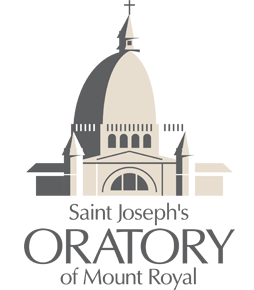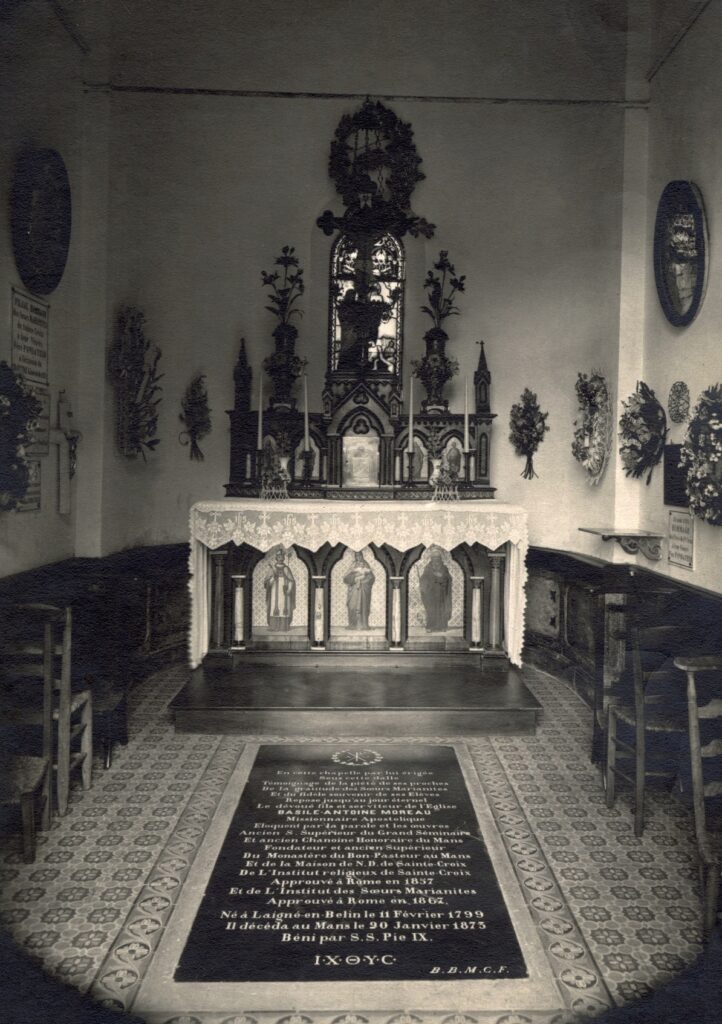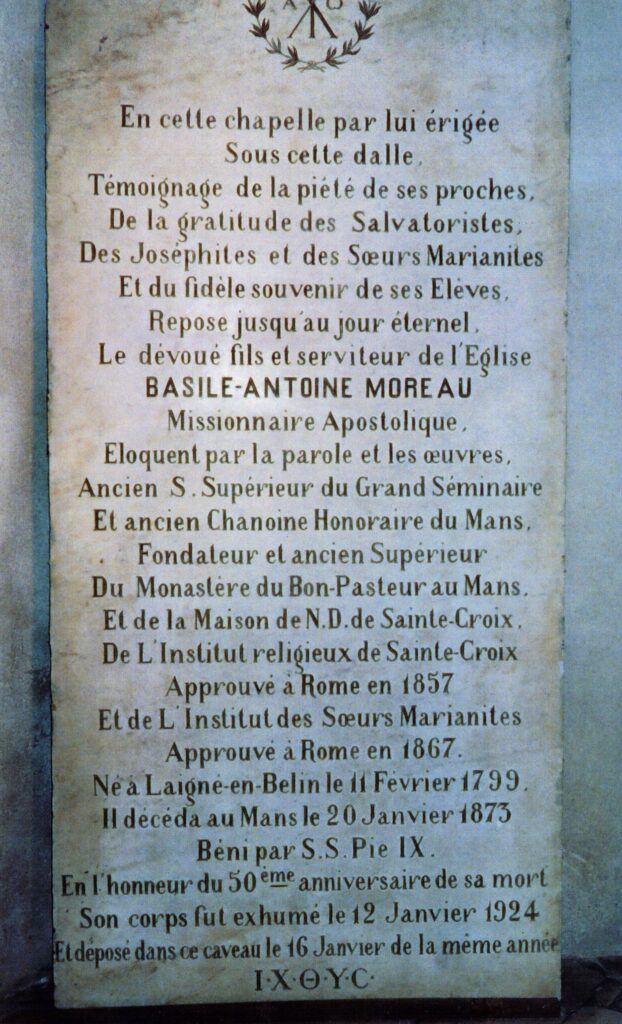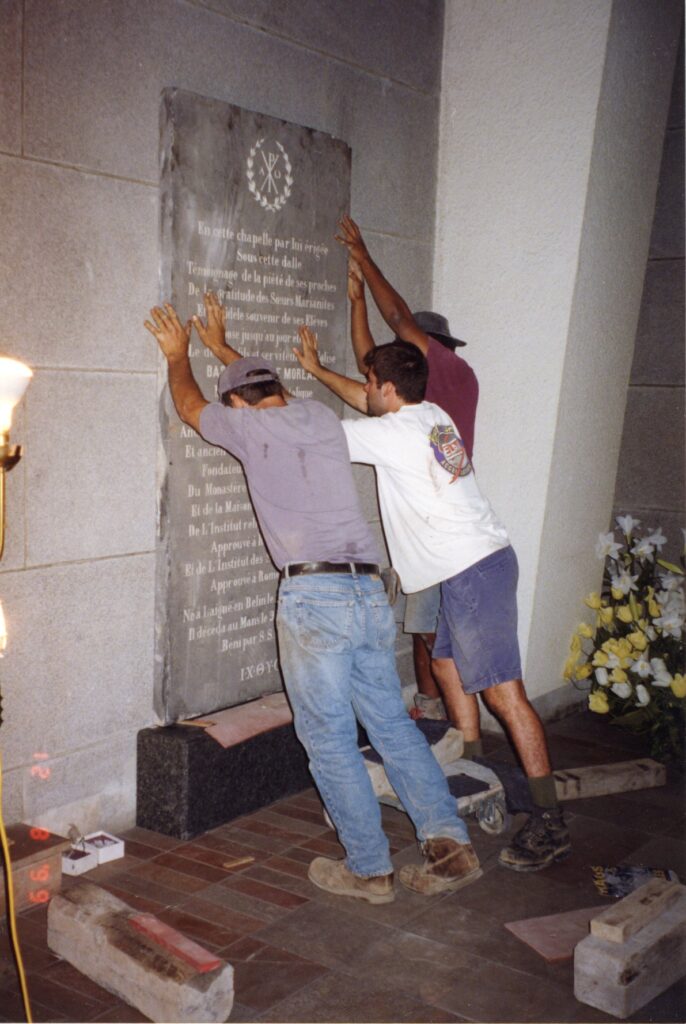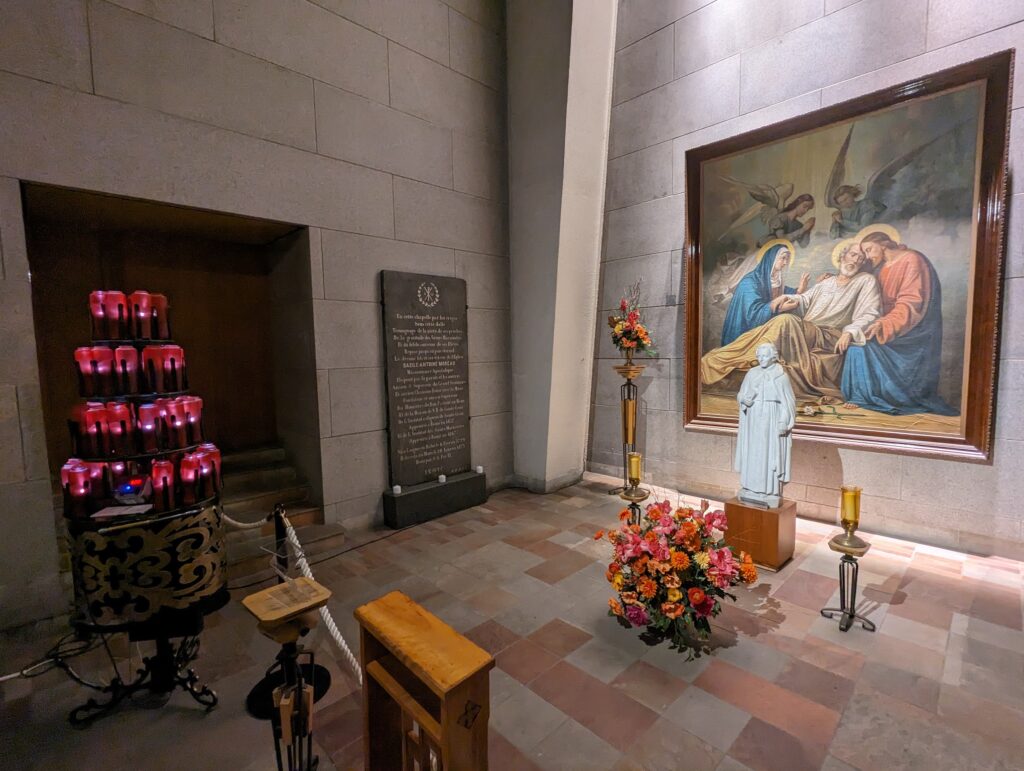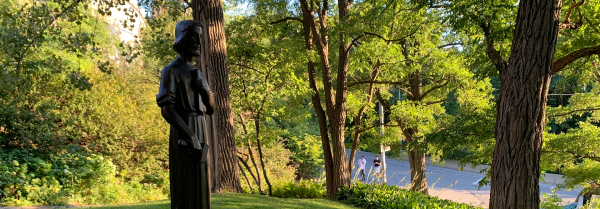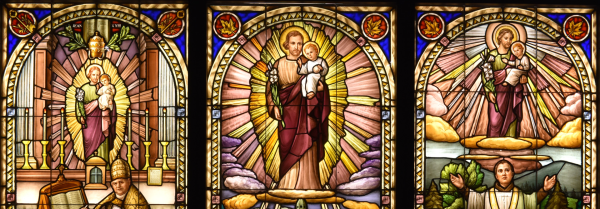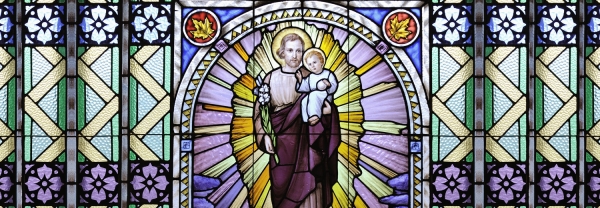After the beatification of Father Moreau in 2007, the authorities of the Oratory could finally transform the apsidal chapel into a chapel dedicated to the founding father.
For the occasion, a bust of Father Moreau was added.
However, the tombstone remained hidden from the public by a wall, and for security reasons, the chapel was closed off by a grille, leaving only the bust visible.
It was only during the exhibition commemorating the 150th anniversary of Father Moreau’s death on January 20, 2023, that the grilles were finally opened, allowing the faithful to pray inside the chapel and admire this precious relic.
Additionally, a white stone statue of the Blessed, coming from the Sisters of Holy Cross, sits in the center of this chapel.
The wonderful irony of history is that he who had dreamed of a shrine dedicated to Saint Joseph, now has his tombstone resting in the largest shrine dedicated to the foster father of the Savior, built by the humblest of his spiritual sons who preceded him in holiness, Saint Brother André.
